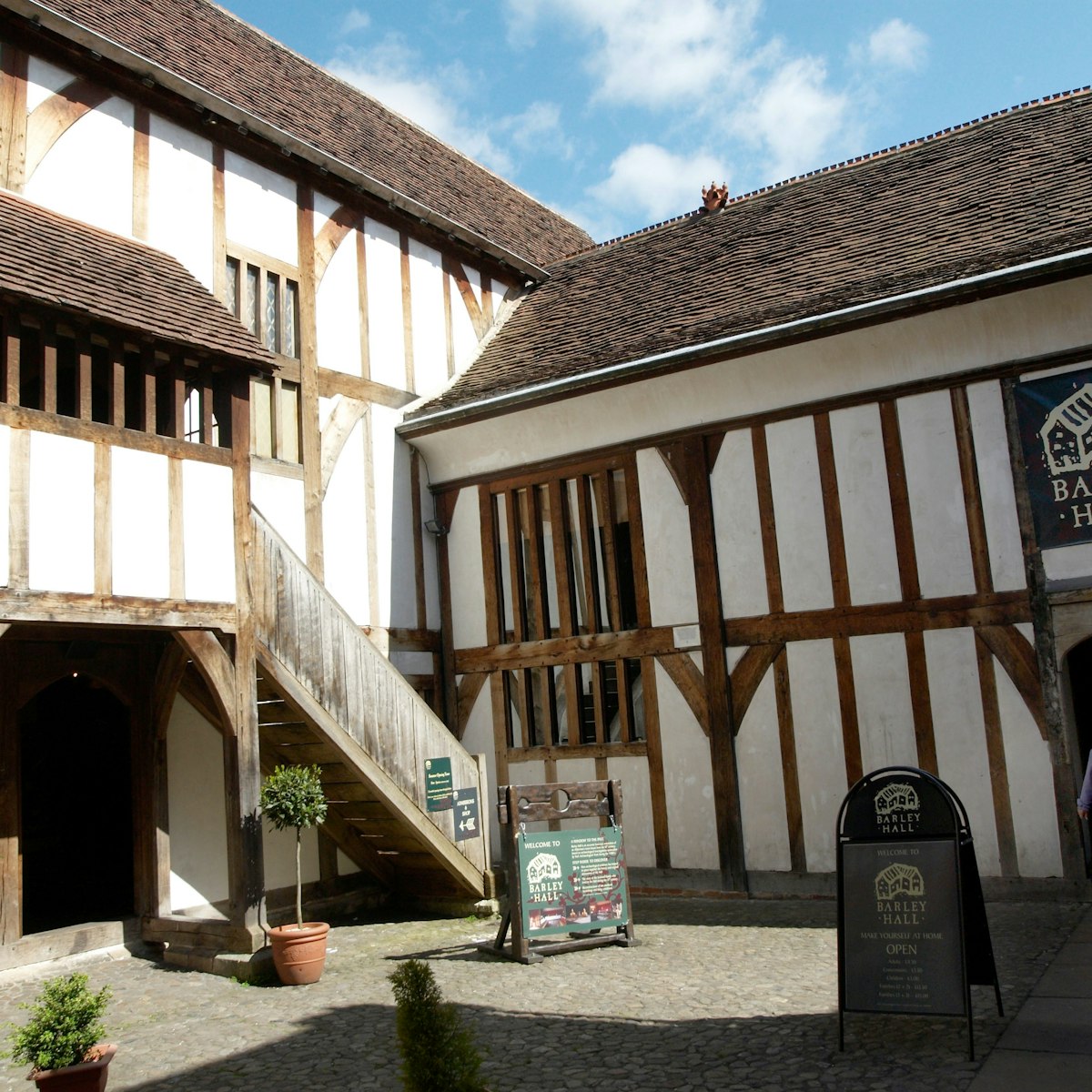York Minster is the largest medieval cathedral in northern Europe, and one of the world's most beautiful Gothic buildings. Seat of the archbishop of York, primate of England, it is second in importance only to Canterbury, seat of the primate of all England – the separate titles were created to settle a debate over the true centre of the English Church. Note that the quire, east end and undercroft close in preparation for evening service around the time of last admission.
The first church on this site was a wooden chapel built for the baptism of King Edwin of Northumbria on Easter Day 627; its location is marked in the crypt. This was replaced with a stone church built on the site of a Roman basilica, parts of which can be seen in the foundations. The first Norman minster was built in the 11th century and, again, you can see surviving fragments in the foundations and crypt.
The present minster, built mainly between 1220 and 1480, manages to encompass all the major stages of Gothic architectural development. The transepts (1220−55) were built in Early English style; the octagonal chapter house (1260−90) and nave (1291–1340) in the Decorated style; and the west towers, west front and central (or lantern) tower (1470−72) in Perpendicular style.
Don’t miss the undercroft (open 10am to 4.15pm Monday to Saturday, 1pm to 3pm Sunday), which houses an excellent interactive exhibition – York Minster Revealed – buried within the foundations, leading visitors through 2,000 years of history on the site of the cathedral, amid Roman and Norman remains. At the heart of York's cathedral is the massive tower, which is well worth climbing for the unparalleled views of York; it’s £5 extra for a ticket and a fairly claustrophobic climb of 275 steps.






